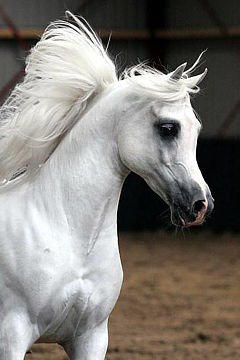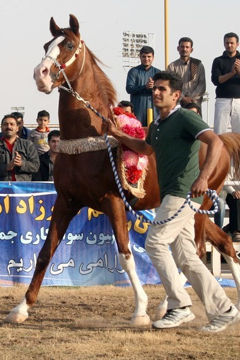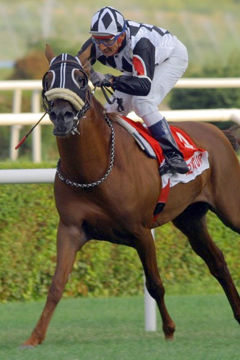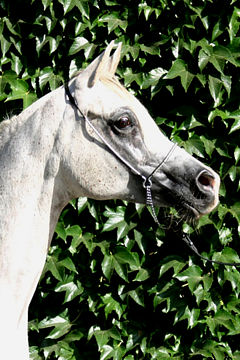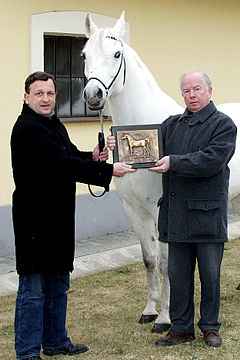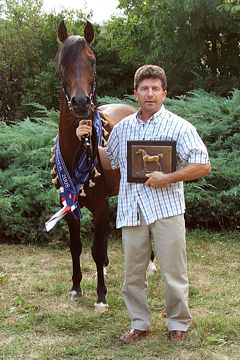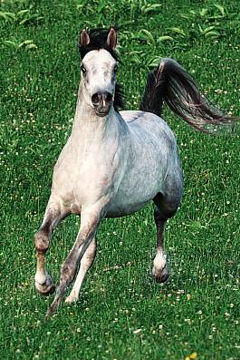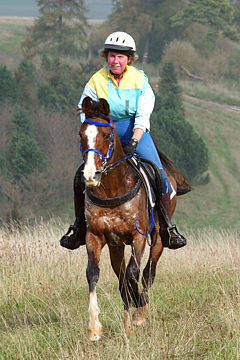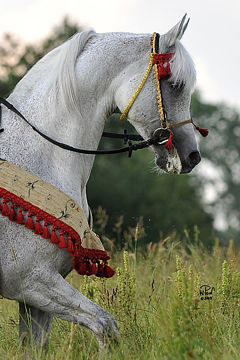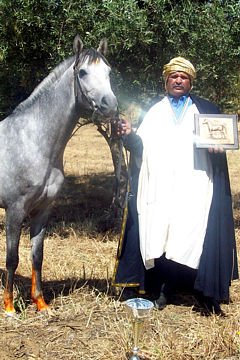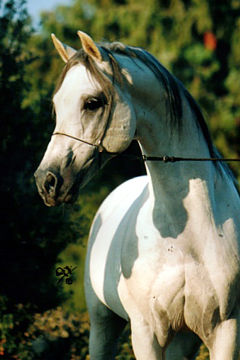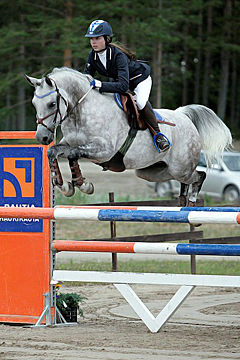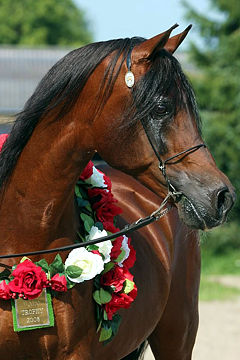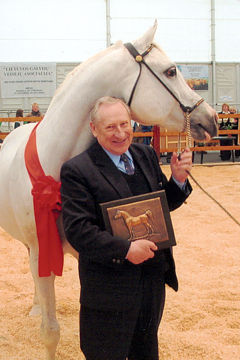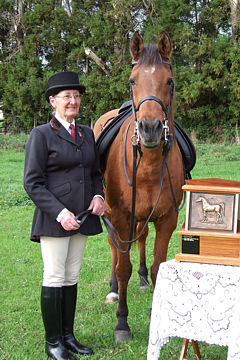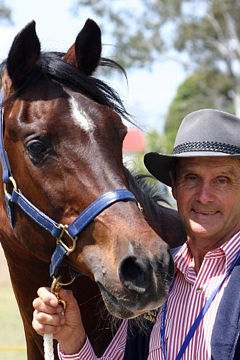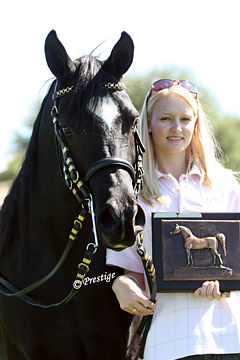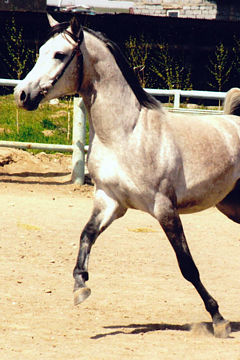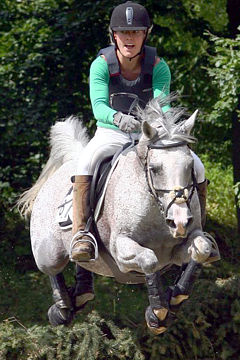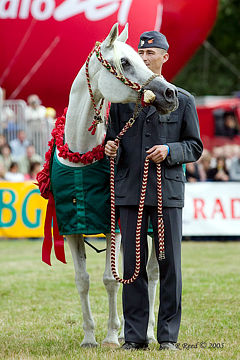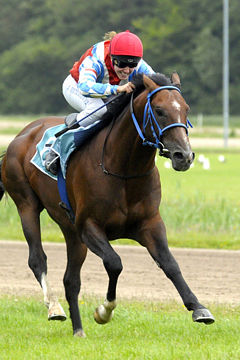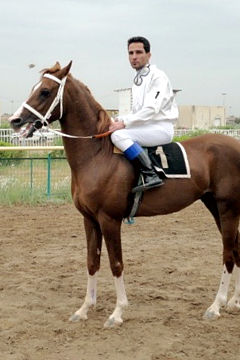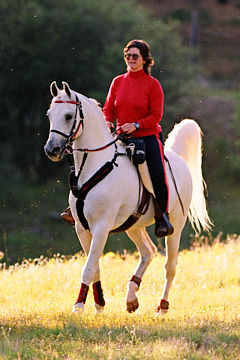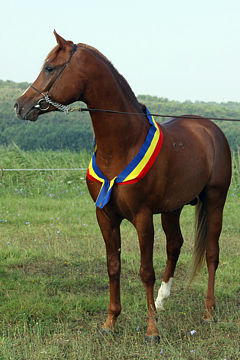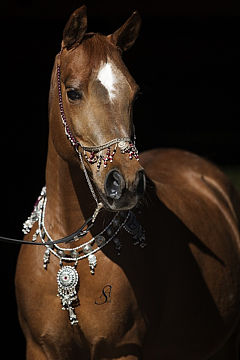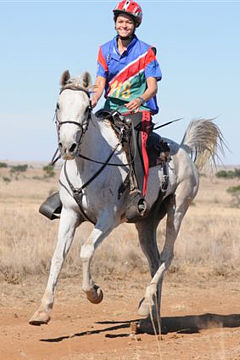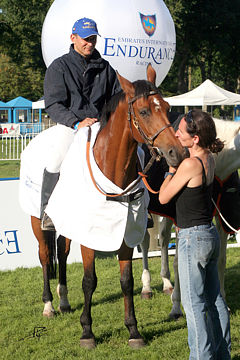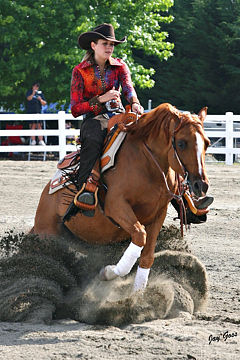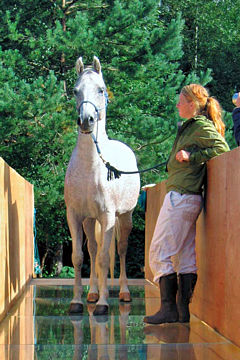We thought you might be interested to hear about the Evliya Çelebi Ride and Way Project which has been gathering momentum for the past couple of years.
Evliya Çelebi (1611-c.1683) was the greatest of Ottoman travellers but he remains largely unknown outside Turkey and Ottoman scholarship. Evliya authored the ten-volume Seyahatname, or ‘Book of Travels’, a work that appears to record every fact and retell every story that the vastly curious Evliya discovered along the way over forty years of travel. In an animated TV series on the Turkish national channel TRT in the 1980s, ‘Az gittik, uz gittik’ (‘Travel a little, travel far’), Evliya and his horse Küheylan were the stars. They deserve to be even better known. The Long Riders’ Guild have included him in their online index, and UNESCO has included the 400th anniversary of his birth as one of the official anniversaries with which they are associated for the year 2011. (Since 1956, UNESCO has participated in the commemorations of historic events and in the anniversaries of eminent personalities, in order to give them worldwide significance and draw attention to the personalities, works or events that have contributed to the mutual enrichment of cultures helping to promote international understanding, closer relations among peoples and peace.)
Today, the Evliya Çelebi Ride and Way Project seeks to promote awareness of Evliya Çelebi and his times, as well as to stimulate popular interest in Ottoman and equestrian history.
Evliya states his love of horses explicitly when he tells us in the Seyahatname that he has never been without the companionship of horses, that he has always owned between five and ten during his whole long life. He cites the Qur’an regarding the divine gift of horses to mankind, and how horses provide him with wings. During his account of a campaign on the Hungarian frontier, Evliya portrays in affectionate detail his horse Hamis, ‘my soul’s companion, my zephyr-swift steed Hamis’, who is ‘noble as an Arab thoroughbred, dearer to me than my own brother’. The horse’s loyalty and intelligence loom large in the story, as does the closely observed interaction between Hamis and a magic ram who may have been divinely sent to assure their safe passage (see the excellent recent translation into English by Robert Dankoff and Sooyong Kim, An Ottoman Traveller: Selections from the Book of Travels of Evliya Çelebi (London: Eland, 2010), pp. 181-89).
The son of a palace goldsmith, Evliya received a courtly education in Istanbul, became known as a hafez, or reciter of the Qur’an, and was commissioned as a cavalryman before embarking on his career as a diplomatic representative, campaign companion, and tax collector. For over forty years he travelled throughout the Ottoman empire and beyond, journeying as far as Tabriz, the Sea of Azov, Vienna, Greece, Hungary, Egypt and the Sudan, recording details of architecture, languages, and customs. Although it is unusual for seventeenthcentury travellers to say much about the horses or other animals with which they travelled, Evliya frequently comments on horses and matters of horsemanship. Of particular interest to WAHO supporters will be Evliya’s observations regarding breeds and strains, beginning with a description of Sultan Murad on horseback entering Istanbul in triumph in 1635 after success in a Persian campaign:
“The Sultan was dressed in steel armour, and had a threefold aigrette in his turban, stuck obliquely on one side in the Persian manner: he was mounted on a Nogháï steed, followed by seven led horses of the Arab breed, decked out in embroidered trappings set with jewels. . . The emperor looked with dignity on both sides of him, like a lion who has seized his prey, and saluted the people as he went on.”
(Translation adapted from Evliya Çelebi [Mehemmed Zilli ibn Dervi ], Narrative of Travels in Europe, Asia, and Africa, in the seventeenth century, trans. Joseph Von Hammer, 2 vols., 1st vol in 2 parts (London: Printed for the Oriental Translation Fund of Great Britain and Ireland; Sold by Parbury, Allen, & Co, 1834-1850), 1.i: 181).
Broadcasting his victory over the Safavids, Murad flaunts a turban in the Persian fashion while riding a Nogay, one of the Turkic breeds of the Central Asian steppe. He is accompanied by seven led Arabians, gorgeously equipped.
Here we glimpse something of the specificity of the breeds most valued by the imperial court. The distinction between ‘Turcoman’ (Turkmen, protoAkhal-Teke) and ‘Arab’ horses made by seventeenth and eighteenth-century European visitors to the Ottoman domains operates in Evliya’s text also. Imperial military displays, and many cavalry units, required Turkic-bred stallions who were taller and up to heavier weights than their Arab counterparts.

But it was the küheylan, or purebred Arabian, who is mentioned most often by Evliya, and who represented the gold standard of equine value during Evliya’s day. Crucial for the symbolic self-representation of the Ottomans, who had ruled the Arab provinces since 1518, küheylans serve as diplomatic gifts, and figure prominently in ceremony, trade, sport, and the pleasures of the road. When he describes the Sultan’s horses at grass in the imperial pleasure-park and resort-lodge at Ka ithane near Istanbul, Evliya suggests that the imperial stables contain a number of Arab strains:
“When the horses of the Sultan are turned into the fields in the spring for green food, the master of the horse dwells in this kiosk, where he gives a feast to the Sultan and presents him with two Arabian blood-horses, for which he receives a sable pelisse, and ten of his boys are taken into the Imperial harem as pages. It is a beautiful meadow, where the Arabian horses called küheylan, jilfidan, tureyfi, ma’nek, musafaha, mahmudi and seylavi are fed on the finest grass, trefoil and oats. . . . So famous are these meadows of Ka ithane, that, if the leanest horse feed in them for ten days, he will resemble in size and fatness one of the large elephants of Shah Mahmud (the prince of Gaznevis). The walk of the resort-lodge of Ka ithane is celebrated all over Turkey, Persia and Arabia. Turkish poets have praised its beauties in particular poems, called erengiz.” (Adapted from Von Hammer 1.ii: 85.)
Evliya’s account registers the value of Arab blood horses in the equine economy alongside practical matters of keep. Evliya’s naming of strains for the most part coincides with Dr. Hazaim Alwair’s (2007 WAHO Conference, Damascus, Syria, pp. 74-88). Evliya uses ‘küheylan’ as a generic term for ‘Arab thoroughbreds’ as well as naming it as a highly prized strain in its own right, with the substrains Jilfan (jilfidan) and Tureyfi; the strains of Managhi (ma’nek) and Seglawi (seylavi) likewise remain among the most valuable today. We are not sure today which strain ‘musafah’ and ‘mahmudi’ refer to and would be very interested to hear anyone’s opinion on this. It is possible that ‘musafah’ could be a slight mis-spelling of ‘Musannah’, and it is possible that ‘mahmudi’ might refer to a Seglawi substrain belonging to Ibn Mahmoud or Ibn Amoud, both of the Shammar. Evliya gives us at least grounds for comparison of seventeenth-century Ottoman terms with today’s.
When in May 1671, Evliya Çelebi, aged 60, set out from Istanbul with 3 companions and 8 servants to make the pilgrimage to Mecca, he set out with 15 ‘küheylans’, the horses he chose for his personal comfort and pleasure. Well over 300 years later, the Evliya Çelebi Ride Expedition of 2009 pioneered an itinerary between Istanbul and Kütahya, Evliya’s ancestral city on his father’s side. The first commercial rides along part of the route occurred in September 2010, with many of the horses used having Arabian blood. This Great Anatolian Ride covered some 800 miles in 6 weeks, skilfully piloted by Ercihan Dilari of the Akhal-Teke Horses Centre in Cappadocia. Similar rides are planned for 2011, and it is also planned to map the routes for walkers. A Guidebook in English to this first Evliya Çelebi Way cultural route is in preparation for publication in 2011 from Upcountry (Turkey) Ltd.
Given Evliya’s celebration of küheylans, and his extensive travels to Aleppo and Damascus, a cross-border Cultural Route based upon the itinerary of a Turkey-Syria Friendship Ride would seem an ideal next step. Any suggestions from WAHO readers regarding such a project are welcomed.
More information can be found at these websites:
www.kent.ac.uk/english/evliya/index.html;
www.hoofprinting.blogspot.com;
www.thelongridersguild.com/LRG.htm;
www.akhal-tekehorsecenter.com/en/19/great-anatolian-ride.html

